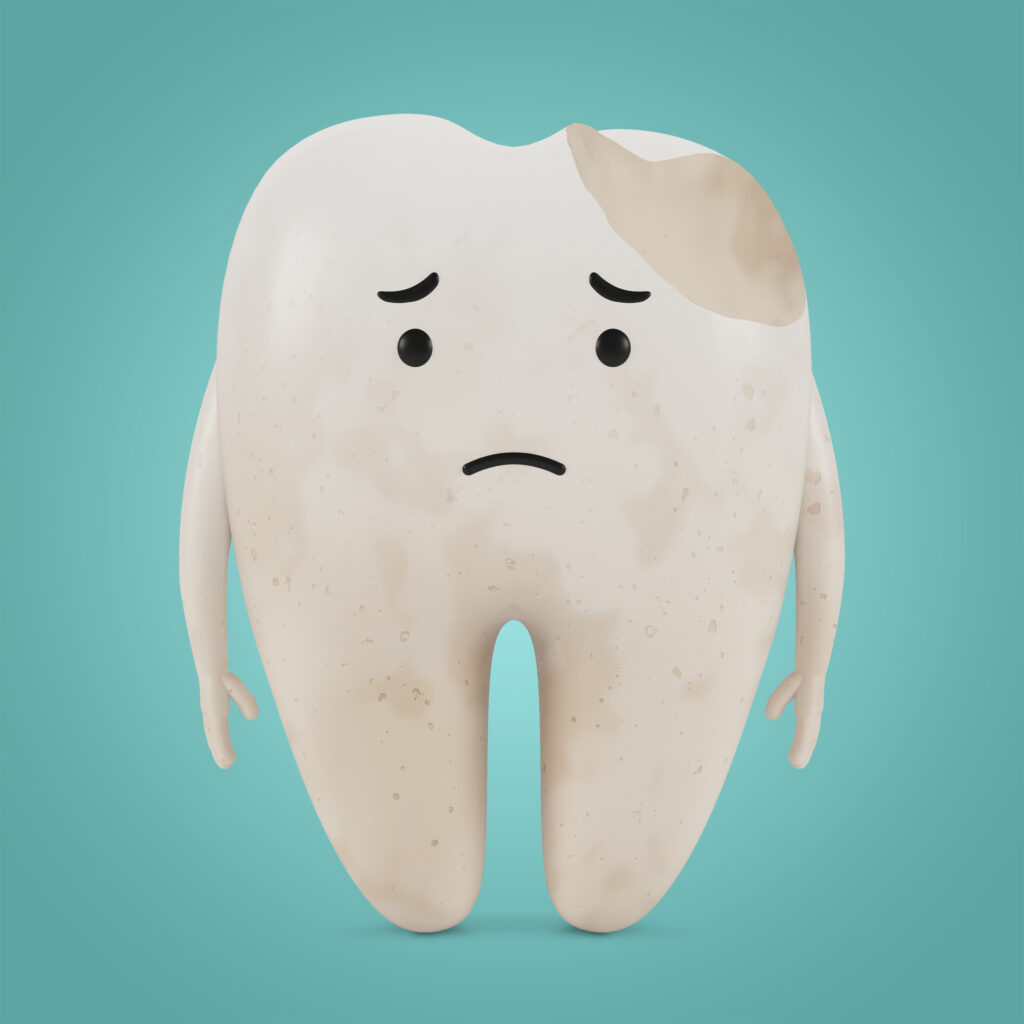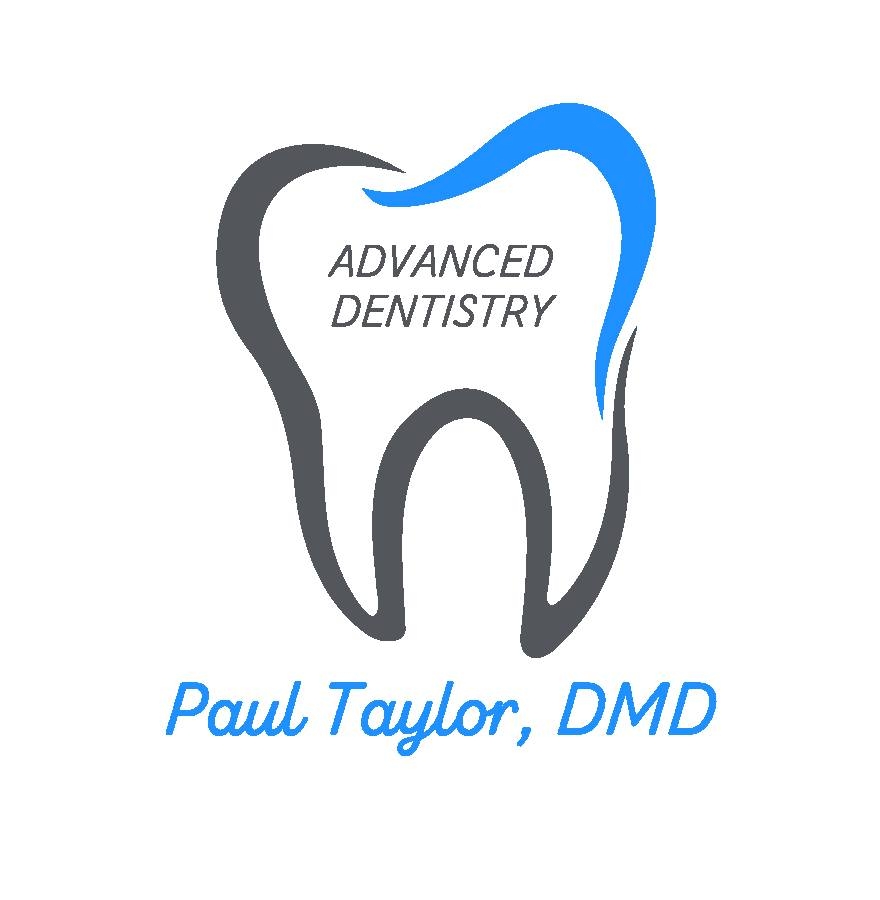How to Prevent Dry Socket | San Diego Implant Dentist

Dry socket is a temporary but painful complication of tooth extraction. It not only causes intense pain; it stalls the healing process. Fortunately, it is rare, temporary, and usually preventable. Here are the causes of dry socket as well as tips to prevent this condition after oral surgery and ensure a quick and comfortable recovery.
What is Dry Socket?
When a tooth is extracted, a blood clot forms in the space left behind. This clot helps to block the underlying bone, gum tissue, and nerves from bacterial infection or food debris. The clot is meant to stay in place while the extraction site heals. In a few cases the clot may not form correctly or it becomes dislodged. This leaves the wound exposed, a condition called alveolar osteitis, or dry socket.
The most common sign of dry socket is a deep, throbbing pain from within the extraction area. Sometimes the trapped food or infection creates an unpleasant odor, causing bad breath and a bad taste in the mouth. If this happens, call our office right away.
What Causes Dry Socket?
Developing dry socket is rare, but certain factors can put you at increased risk. Poor oral hygiene, sucking motions, oral contraceptives, and gum infection around the extraction site are all risk factors. One of the top culprits is smoking. Studies show that 12 percent of people who smoke after a tooth extraction will develop this condition, compared with only 4 percent of nonsmokers.
Why? The inhaling action can break the blood clot loose. It is also believed that the chemicals in tobacco products can delay healing. To prevent dry socket, avoid smoking a few weeks before and after the procedure. Our dentist can help advise you on smoking cessation steps.
Other causes of dry socket include drinking with straws, and brushing or rinsing the extraction area vigorously during the healing process. Follow your post-treatment instructions and contact our office if you have questions.
Treatment of Dry Socket
If you develop a dry socket, we can offer quick, effective treatment. Our team will flush the extraction site to remove any debris and pack it with gauze or other dressing. We may prescribe medication to help reduce discomfort. It is important to attend follow-up appointments to ensure your timely recovery.
Remember that dry socket is rare, temporary, and treatable. Our experienced dental team will guide you throughout your recovery. For more information on post-extraction care, contact our office in San Diego, CA.

